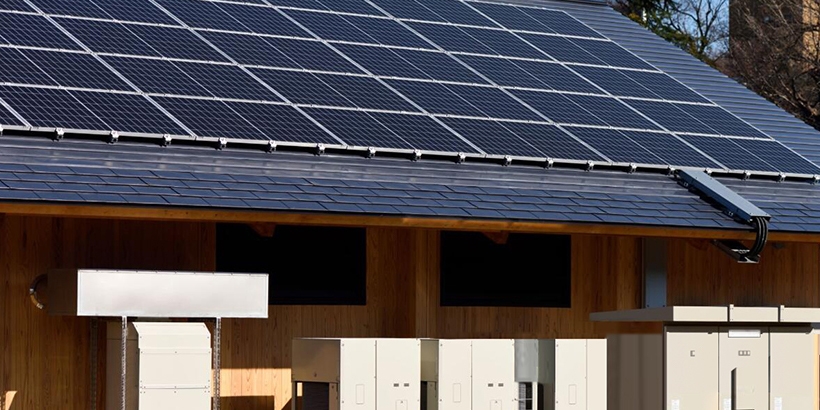As energy costs continue to rise, homeowners are seeking innovative ways to manage their electricity expenses. One of the most effective strategies is to leverage solar energy combined with battery storage to counter time-of-use (TOU) rates. TOU rates are pricing schemes where the cost of electricity varies depending on the time of day, with higher rates during peak demand periods. By using solar panels and battery storage, homeowners can significantly reduce their energy bills and gain more control over their power usage.
When it comes to your electric bill, time-of-use rates may be coming to your area before you know it. And for some of you, those rates are already in place. Understanding how time-of-use rates work can be an advantage to solar panel owners, and this blog is our chance to show how.

What Are Time-of-use Rates?
Time-of-use rates are set up by utility companies to charge you more for electricity used in times of peak demand. The utility company’s thinking: If it costs more money to produce electricity during those peak times, they should charge customers more for it. Electricity produced during off-peak hours doesn’t cost as much to generate, so a customer’s cost for it is also lower.
Solar panels generate electricity during the day when sunlight is abundant, often producing more energy than a household needs during off-peak and mid-peak periods. This excess energy can be fed back into the grid or stored in batteries for later use. By generating their own electricity, homeowners can significantly reduce their reliance on the grid and lower their overall energy costs.
Such a cost structure is no different than what we see in the airline industry, among ticket brokers for sports events or concerts, or with some toll roads. Each entity charges you more to use their services during times of peak demand (or for premium events). So to pay lower prices, you need to fly during an off-peak time or season, get a seat in the nosebleeds or shift your work hours away from needing to travel during rush hour. What’s cool is that solar panels can help insulate you from paying as much during peak hours. You can shift to using more of your solar energy during peak hours, and less grid energy, with the push of a few buttons.
Implementing Solar + Battery Storage
To effectively counter TOU rates with solar and battery storage, homeowners should consider the following steps:
- Assess Energy Needs: Conduct an energy audit to understand your household’s electricity consumption patterns and identify peak usage times.
- Solar Panel Installation: Work with a reputable solar provider to design and install a solar energy system tailored to your home’s energy needs and available roof space.
- Choose the Right Battery: Select a battery storage system that matches your energy consumption and solar production. Consider factors such as capacity, lifespan, and warranty.
- Monitor and Optimize: Use energy management software to monitor your solar energy production and battery storage levels. Adjust your energy usage habits to maximize savings and efficiency.

How You Can Win With Solar Panels and Battery Storage?
Think that time-of-use rates are only present in states such as California and Arizona? Think again. From June through September on weekdays during the hours of 2 p.m.-7 p.m., electricity will cost 50 percent more than during off-peak hours. Guess what? Summertime in the hours of 2 p.m.-7 p.m. are often going to be the hottest times of day. That means your air conditioning will be running more.
How much more could customers be paying as a result? Let’s say your electric bill is $200, and that half of the electricity you need comes during those peak hours. In that example, your $200 bill would increase to $250. Yes, you also could set your thermostat to a higher temperature, reducing your electricity usage, but that would come at the expense of comfort. We suspect many won’t be willing to do that.
Thank goodness for a solar battery system, which can be set up to combat these time-of-use charges. For example, Powerhome’s solar systems have a stored power feature that allows them to deploy their stored energy during these times, thus limiting the amount of energy you can purchase from the utility company during these peak hours. By drawing energy from your battery instead of from the grid, you’re setting yourself to potentially save money as a result.
That’s what is great about adding battery storage with solar panels. It future-proofs your home should your utility company opt to begin charging time-of-use rates. And for those who already live in areas that have time-of-use utility rates, your battery is the ultimate trump card.
(1).png)
(1).png)